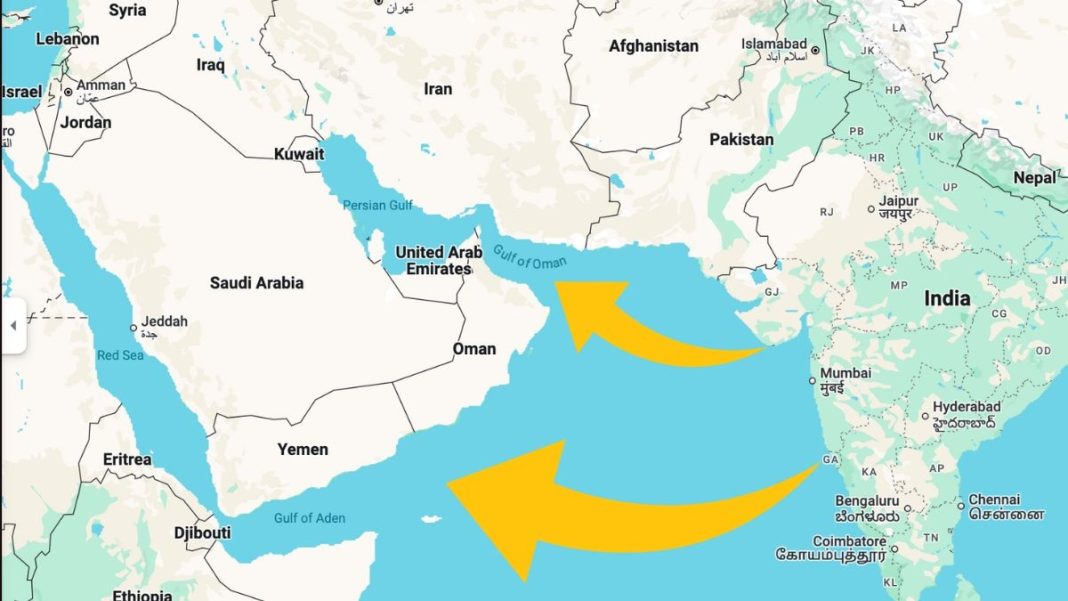India is strategically enhancing its presence in West Asia, focusing on a range of initiatives that bolster its energy security, protect critical trade routes, and strengthen bilateral relations with regional partners. The region has become increasingly crucial for India, with about 60% of its oil and gas imports sourced from Gulf nations. As such, Indian maritime activities are not only a means of defense, but also a strategic move to secure economic stability.
In recent months, the Indian Navy has ramped up its operations in the region, conducting high-profile port visits and joint military exercises aimed at fostering closer ties with Gulf nations. The First Training Squadron (1TS), consisting of vessels like INS Tir, INS Shardul, and ICGS Veera, has undertaken an extensive engagement agenda. October 2024 marked a significant uptick in activities, especially with multiple naval exercises designed to strengthen cooperation between India and its West Asian allies.
During this period, the India-UAE Bilateral Naval Exercise saw INS Shardul dock at Port Rashid to perform joint maritime drills. Overseen by Chief of Naval Staff Admiral Dinesh K. Tripathi, these drills emphasized tactical coordination and trust-building, further solidifying India’s relationship with the UAE.
In Oman, the Naseem-Al-Bahr exercise highlighted the growing military rapport between India and Oman’s Royal Navy, involving anti-aircraft drills, cross-deck operations, and integrated training exercises. This partnership is indicative of India’s broader strategy to unify its defense collaborations with Gulf states.
Further engagements in Bahrain, including professional exchanges and cultural outreach programs, have also played a vital role in enhancing military and diplomatic ties. Similarly, joint drills and community initiatives with Iran at Bandar Abbas have showcased India’s balanced diplomatic approach in a geopolitically sensitive environment, with the Chabahar Port project standing as a focal point of bilateral engagement.
The increase in naval activities is closely linked to India’s economic interests in West Asia. The Comprehensive Economic Partnership Agreement (CEPA) signed with the UAE in 2022 has elevated bilateral trade to substantial levels, estimated at $88 billion. Central to this trade are the vital shipping routes in the Persian Gulf, which India aims to protect through a robust naval presence.
Additionally, India’s commitment to enhancing security cooperation with Gulf nations has seen it participate in joint exercises that improve collective maritime security and interoperability. These drills not only serve as a platform for operational training but also promote intelligence sharing, thereby deepening military alliances.
India’s approach to West Asia extends beyond defense; it incorporates elements of soft power and humanitarian outreach. Following the catastrophic earthquake in Turkey and Syria in 2023, India stepped up humanitarian assistance, reinforcing its commitment to supporting regional stability and community welfare. Naval visits have frequently included cultural exchanges and events aimed at building goodwill.
The influence of Bollywood and India’s historical connections with the Gulf countries serve to strengthen these initiatives, making India a key player in the West Asian landscape. By balancing military engagements with economic imperatives and humanitarian efforts, India is positioning itself as a reliable partner in navigating the complexities of this vital region.





